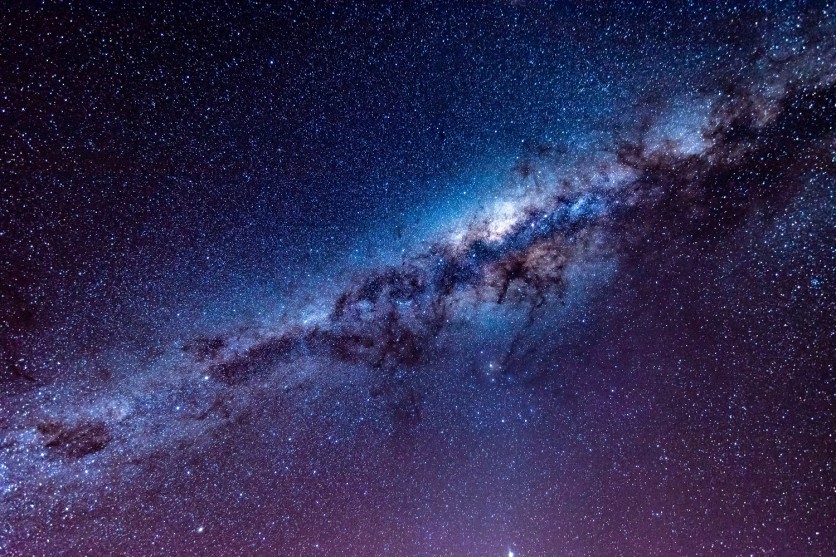Scientists have long studied life forms in different planets. So far, no astronomical body has shown any proof of life-forming creatures aside from Earth. One comparable basis that they required is for a planet to have the same structure with Earth to cater to living creatures, such as having oxygen. However, a group of astronomers recently debunked this theory and said that oxygen must not be one of the identifiers to say that a living creature is present in a planet-- instead, why not try hydrogen-rich planets?

Scientist thinks extraterrestrial beings may live without oxygen
Contrary to what most astronomers believe, Sara Seager, a professor of Planetary Science, Physics, and Aeronautics and Astronautics at MIT, wants to know whether a living creature can survive without oxygen in outer space.
In a paper recently published by journal Nature Astronomy, Seager and her colleagues believe that there could be a living organism found in other planets that are not living through breathing oxygen. This means that a planet without the presence of oxygen may also cater to life forms-- with the help of hydrogen.
As reported, hydrogen is also one of the most abundant gas in space. It is lighter than either nitrogen or oxygen. Hydrogen-rich planets are said to have rocky planets.
Seager and her team want other astronomers to think about the possibility of an alien life form living through hydrogen, instead of what's expected like oxygen. If this diversity shall be studied, the team believes that there might be chances of finding life forms outside Earth.
"There's a diversity of habitable worlds out there, and we have confirmed that Earth-based life can survive in hydrogen-rich atmospheres," Seager says. "We should definitely add those kinds of planets to the menu of options when thinking of a life on other worlds, and actually trying to find it."
To find out if their theory is correct, the team of Seager created sets of experiments to prove it.
Are there any life forms in hydrogen-rich planets?
According to the report, the astronomers first studied two types of microbes that were being surrounded with 100 percent hydrogen gas. The organisms are bacteria Escherichia coli, a simple prokaryote, and yeast, a more complex eukaryote, that had not been studied in hydrogen-dominated environments.
Since E.coli and yeast don't need oxygen to survive, they had prepared the organisms into open space first, then transfer them to a hydrogen-rich area.
Every hour, the team checks and gathers the live microbes from both experiments. After 80 hours, the microbes grew quickly in number, feeding off the nutrients and populating the culture. Eventually, the number of microbes leveled off. This means that hydrogen-filled environments could also allow a creature to live.
"I don't think it occurred to astronomers that there could be life in a hydrogen environment," explains Seager.
ⓒ 2025 TECHTIMES.com All rights reserved. Do not reproduce without permission.




